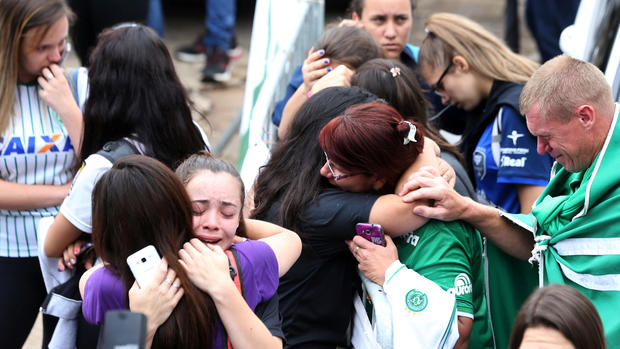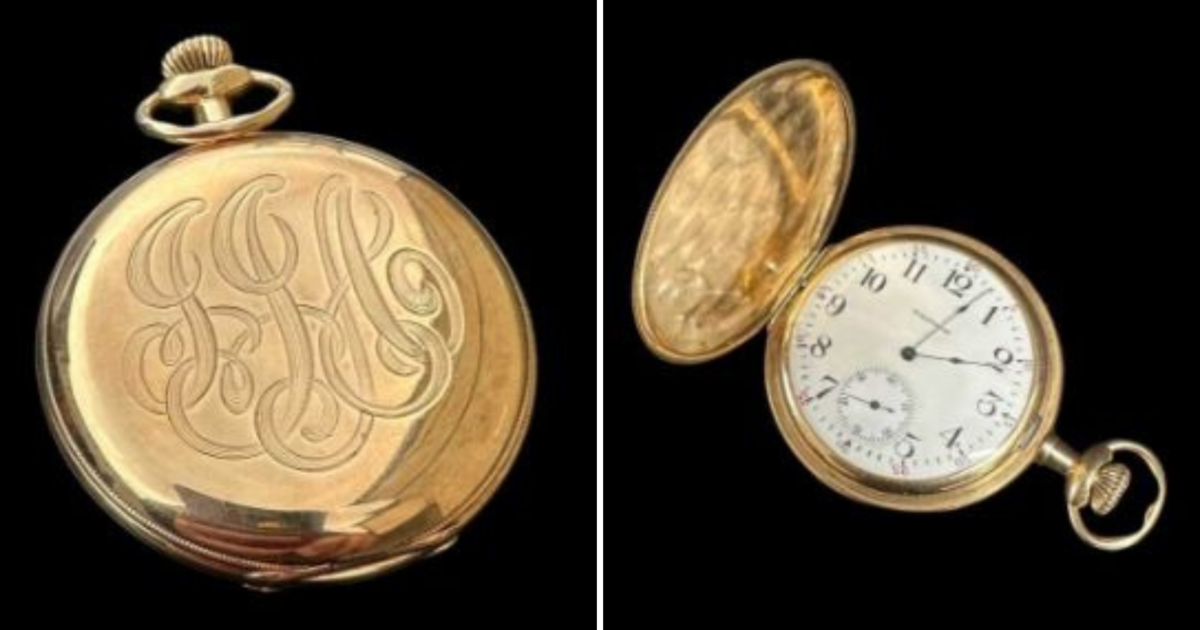Chapecoense's Cinderella soccer story in Brazil ends in unimaginable tragedy in Colombia
In 1973, the citizens of the small southern Brazilian city of Chapeco got a soccer team, the Associação Chapecoense de Futebol, or just Chapecoense for short. In 2014 they finally after a long journey rejoined the country’s top professional league, Serie A, where they may not have been an immediate threat to win a title, but they had proven that they belonged.
They were scheduled to play Wednesday for the first time in the Copa Sudamericana final, as near the top the world’s soccer pyramid as most of the itinerate players - and its coach - were likely to reach.
Their date at the continent’s second-most important professional tournament against Atletico Nacional of Medellin will never come to pass now. A vast majority of the team perished at once just before they were to perform on their biggest platform yet, leaving the soccer world stunned.
Most of Chapecoense, from players to coaches to equipment managers to the journalists that cover them, were on board the BAE 146 short-haul plane that crashed in Colombia on Monday morning, killing at least 71 people. So far only six are believed to have survived.
One of the founders of the club, Alvadir Pelisser, told the BBC the tragedy had put an “end to everyone’s dream...We were a family, I’m shocked.”
Their opponents throughout the continent are grieving. Atletico Nacional has told the South American soccer confederation to award the title in honor of the Brazilian team that was aboard the doomed plane. Atletico Nacional said Chapecoense should receive the title in recognition of the team’s great loss, and as a tribute to the players who died. Other teams in Brazil have offered to loan players to the club for free for a year.
Chapecoence soccer player Alejandro Martinuccio was supposed to be on board, but an injury was going to keep him out of the game Wednesday. The injury also likely saved his life.
He told Argentina’s La Red radio that “I was saved because I got injured.”
“I feel profound sadness,” he said. “The only thing I can ask is prayers for the companions who were on the flight.”
The club - which was playing in the fourth division in 2009 - won promotion to Brazil’s top league in 2014 for the first time since the 1970s. Last week, it advanced to the Copa Sudamericana finals - the equivalent of the UEFA Europa League tournament - after defeating two of Argentina’s fiercest squads, San Lorenzo and Independiente, as well as Colombian club Junior.
On Sunday, Chapecoense nearly defeated famed Sao Paulo club Palmeiras, which won 1-0 in a nationally televised match to claim its first Brazilian league title in decades.
Chapecoense had won admirers for its stout play against Palmeiras, and everything was set for the showdown in Colombia.
Few of the players on the surging team had an international profile - no appearances with Brazil’s glitzy national team, nor time with top European clubs.
Most had played all over Brazil and Latin America. A few like Cleber Santana had reached Europe, playing with Atletico Madrid from 2007-10.
Chape strikers Bruno Rangel and Kempes, both 34 years old, were among the top scorers in the Brazilian league, with 10 and nine goals, respectively.
Part of the team’s recent rise was due to coach Caio Junior, who joined the club this year after coaching in the Middle East. Born Luiz Carlos Saroli, he coached numerous Brazilian teams, including Palmeiras, Flamengo and Botafogo.
Though the coach was killed, his son Matheus Saroli said on Facebook that he’d missed the flight, which saved his life.
“I didn’t board because I forgot my passport,” he said.
Among the victims was Mario Sergio Pontes de Paiva, a former soccer player who worked as a commentator for Fox Sports.
Known as Mario Sergio, he played briefly for Brazil’s national team in the early 1980s and had a long career as a midfielder and coach with many Brazilian clubs. He last coached Brazilian club Internacional in 2009 and Ceara in 2010.
Two goalkeepers, Danilo and Jackson Follmann, as well as a journalist traveling with the team and a Bolivian flight attendant, were found alive in the wreckage. But Danilo was later reported as dead, and authorities said another defender, Helio Zampier - who goes by Neto - had survived amid the confusion of sometimes conflicting early reports.
Among the victims was Mario Sergio Pontes de Paiva, a former soccer player who worked as a commentator for Fox Sports.
Known as Mario Sergio, he played briefly for Brazil’s national team in the early 1980s and had a long career as a midfielder and coach with many Brazilian clubs. He last coached Brazilian club Internacional in 2009 and Ceara in 2010.
Colombian aviation authorities say 21 journalists were among the passengers.
Chapecoense plays its home matches at the 22,000-seat Arena Conda. But it was too small to host next weeks’ scheduled match, which was to be played a Couto Pereira Stadium, a 40,000-seat venue in Curitiba, a city 300 miles north of Chapeco.
There was even a move by some fans to move the match to Rio’s famous Maracana stadium, which would be a perfect end to the dream.
“Brazilian football is in mourning,” said Pele, Brazil’s most famous player. “It is such a tragic loss.”
In a tweet after the crash, the team said they wanted their “warriors” to be remembered joyfully.





